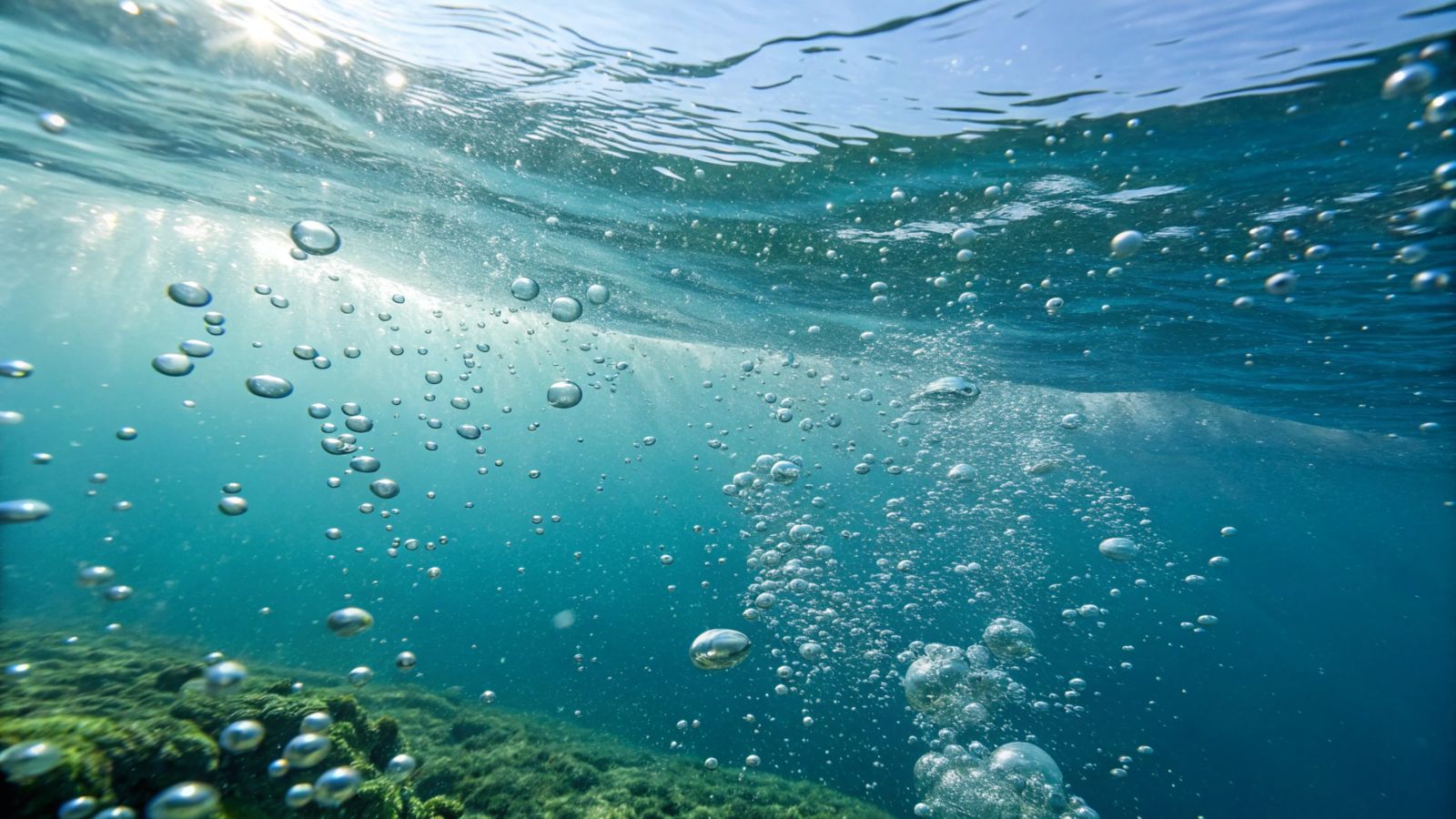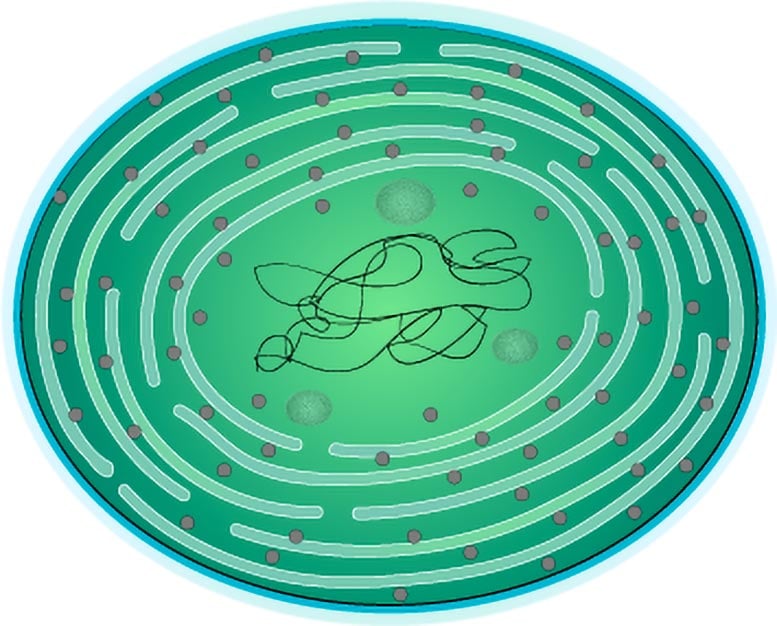🌍 An enigma of life development on Earth solved
Follow us on Google News (click on ☆)
The key to this enigma lies in two long-neglected chemical compounds: nickel and urea. These substances, significantly present in Archean oceans, would have played a determining role in limiting the proliferation of cyanobacteria, these oxygen-producing microorganisms. Their high concentration created an unfavorable environment for the massive development of these organisms, thus delaying the accumulation of oxygen in the atmosphere.

A team of Japanese and Sri Lankan researchers conducted innovative experiments to recreate the conditions of primitive Earth. They simulated the Archean environment by exposing chemical mixtures to intense ultraviolet radiation, thus reproducing the atmosphere devoid of an ozone layer. These manipulations demonstrated that urea could form naturally under these extreme conditions, while cyanobacteria cultures revealed how nickel and urea influenced their growth.
The results show that when nickel and urea concentrations began to gradually decrease, cyanobacteria were able to develop massively. This proliferation led to sustained oxygen production that triggered what scientists call the Great Oxidation Event. This decisive turning point, which occurred approximately 2.1 to 2.4 billion years ago, permanently transformed Earth's atmosphere and allowed the emergence of more elaborate life forms.
Dr. Dilan M. Ratnayake, the study's lead author, emphasizes that understanding these mechanisms could illuminate the search for life on other planets. The interactions between inorganic and organic compounds observed on Earth could serve as a model for interpreting potential biological signatures elsewhere in the Universe. This perspective opens new avenues for analyzing Martian samples during future space missions.
This research published in Communications Earth & Environment modifies our understanding of primitive ecosystems. It reveals how variations not really studied until now in the chemical composition of oceans could have influenced the destiny of life on Earth. The natural decline of nickel and stabilization of urea levels ultimately allowed cyanobacteria to transform our planet into a much more habitable world, setting the stage for the appearance of the complex organisms we know today.

Trace elements like nickel and urea controlled cyanobacteria, delaying the oxygen explosion on Earth.
Credit: "201208 Cyanobacteria" by DataBase Center for Life Science (DBCLS)
Oxygenic photosynthesis of cyanobacteria
Cyanobacteria represent the first organisms capable of performing oxygen-producing photosynthesis. This unique biological process allowed them to use solar energy to transform carbon dioxide and water into sugars, while releasing oxygen as a byproduct. This biological innovation constituted a major step in the history of life on Earth.
The mechanism of photosynthesis relies on specialized pigments, particularly chlorophyll, which capture light energy. This energy is then used to split water molecules, releasing electrons that enable carbon fixation. The oxygen produced during this reaction gradually accumulated in the atmosphere, profoundly altering planetary chemistry.
Unlike other older forms of photosynthesis, the oxygenic version of cyanobacteria had a lasting planetary impact. This ability gave them a significant evolutionary advantage, allowing them to colonize various aquatic environments. Their success ultimately led to the transformation of Earth's atmosphere into an oxidizing environment.
The importance of cyanobacteria extends beyond their historical role: they continue today to produce a significant portion of atmospheric oxygen. Their study helps us understand not only our planet's past, but also the functioning of current ecosystems.
Prebiotic chemistry and urea formation
Urea, an essential organic compound for life, could form spontaneously under primitive Earth conditions. Laboratory experiments demonstrated that exposing mixtures of ammonium and cyanide to ultraviolet radiation could generate this molecule. These conditions reproduced the Archean environment, devoid of a protective ozone layer.
This natural formation of urea under UV effect represents an example of prebiotic chemistry. It shows how biologically important compounds could appear without intervention from living organisms. The urea thus produced then became available to the first microorganisms, serving as an essential nitrogen source for their growth and reproduction.
The presence of urea in primitive oceans created an interesting paradox: at certain concentrations, it could limit cyanobacteria development, while at other levels, it favored their expansion. This relationship illustrates how the chemical balance of ancient environments directly influenced biological evolution.
Understanding these primitive chemical processes illuminates not only Earth's history, but also the search for extraterrestrial life. The formation mechanisms of organic compounds under extreme conditions could be reproduced on other celestial bodies, offering valuable clues for detecting potentially habitable environments.